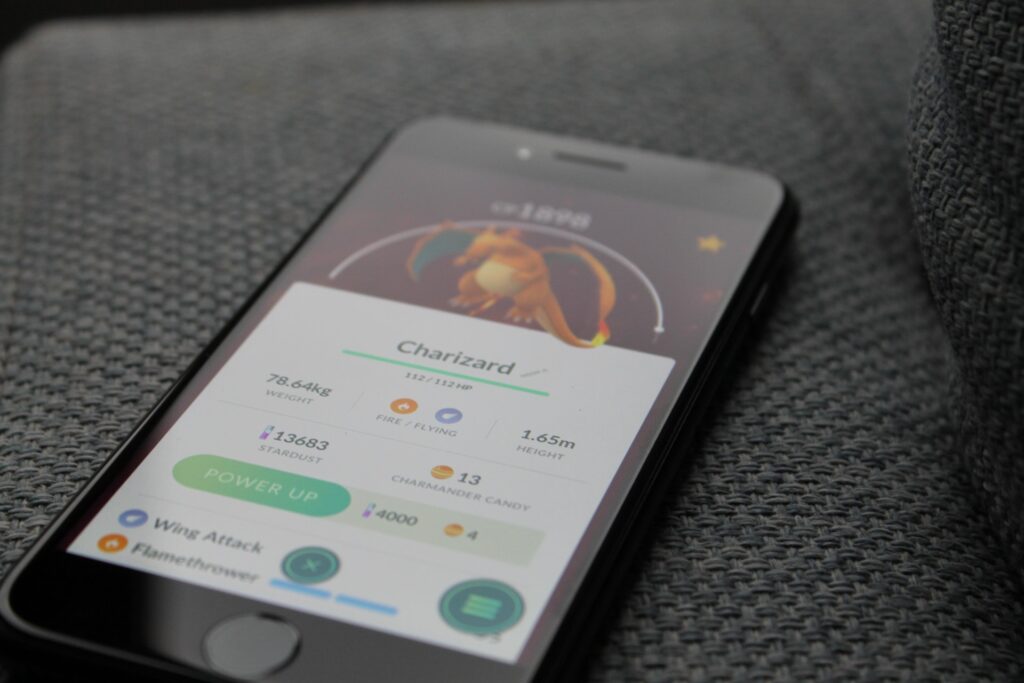Gamification in medical education (MedEd) refers to the use of game-based and interactive learning methods to engage students and make learning more fun and effective. This approach has been gaining popularity in recent years, as it has been shown to improve student engagement, retention, and motivation.
One of the most common ways that gamification is used in medical education is through the use of interactive simulations and games. These simulations can mimic real-world medical scenarios, such as surgeries, disease diagnosis, and patient interactions, and provide students with a safe and controlled environment to practice their skills and learn from their mistakes. For example, students can use virtual reality (VR) technology to simulate surgeries and practice different procedures, or use interactive games and quizzes to test their knowledge of anatomy and physiology.
Another way that gamification is used in MedEd is through the use of points, badges, and leaderboards. These elements of gamification can provide students with a sense of accomplishment and competition, as well as a way to track their progress and compare their performance to their peers. For example, students may earn points for completing assignments or quizzes, or earn badges for mastering certain skills or concepts.
Gamification can also be used to create collaborative learning environments, where students can work together to solve problems and complete tasks. For example, medical students can work together to diagnose and treat virtual patients in a simulated clinical setting. This can help students to develop teamwork and communication skills, which are essential for working in healthcare teams.
Additionally, gamification can also be used to personalize learning experiences, by providing students with tailored feedback and recommendations based on their performance and learning style. For example, a learning management system can track student progress and suggest additional resources or activities to help them improve.
In general, gamification has the potential to make MedEd more engaging and effective, by providing students with a sense of purpose, motivation, and engagement. It can also help to improve student retention, by providing students with a sense of accomplishment, and by making learning more interactive and fun.
However, it is important to note that gamification is not a one-size-fits-all solution and its effectiveness depends on how well it is implemented. The games and simulations used should be relevant, interactive and engaging, and should align with the intended learning outcomes. Furthermore, it is crucial to evaluate the effectiveness of the gamification approach and gather feedback from the students to continuously improve the design and implementation.
In conclusion, gamification in medical education is a promising approach that can help to improve student engagement, retention, and motivation. It can also provide students with a safe and controlled environment to practice their skills, and help to prepare them for the challenges they will face in their careers. It is likely that we will see even more exciting and innovative developments and wider acceptance of gamification in this field.

